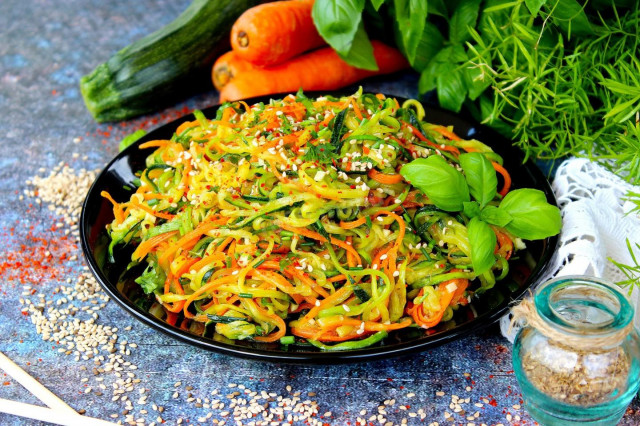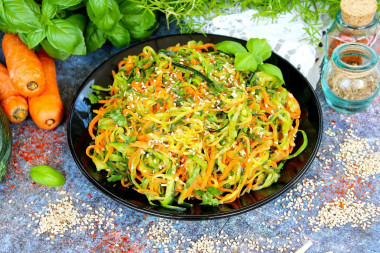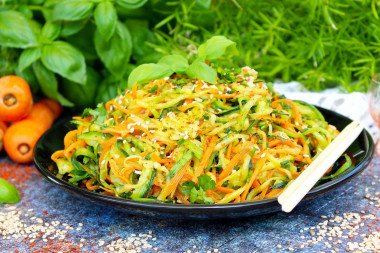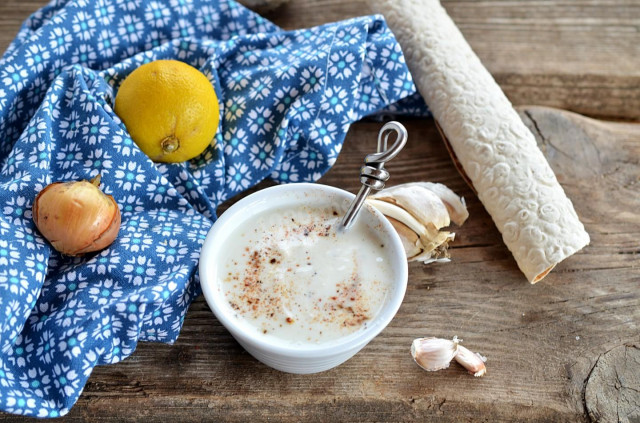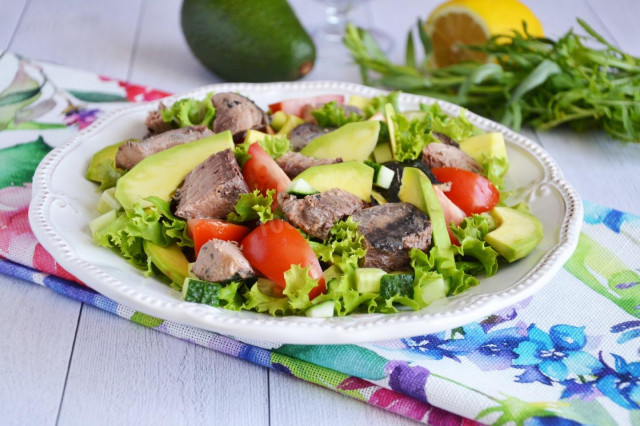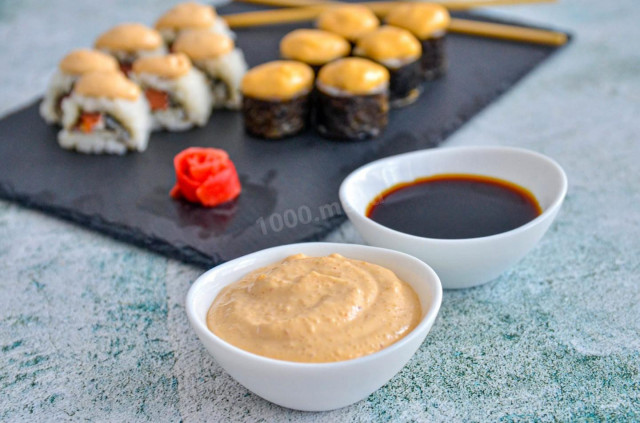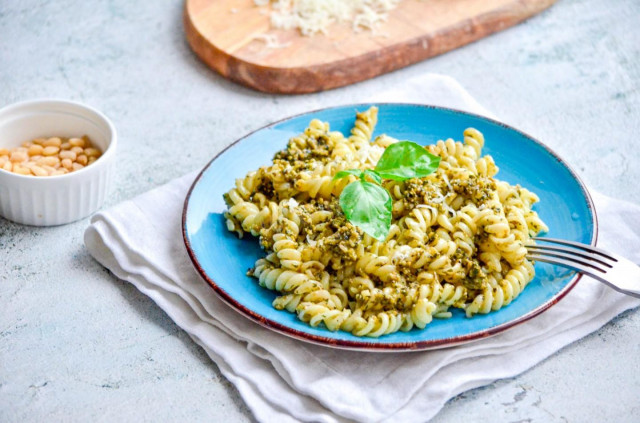Composition / ingredients
Step-by-step cooking
Step 1:
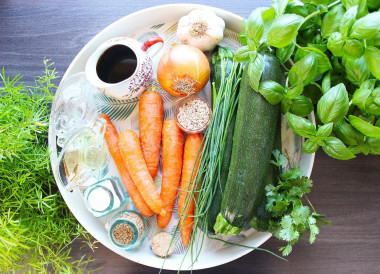
How to make instant zucchini in Korean? First of all, prepare all the ingredients listed on the list. Zucchini for salad is better to use young. They have a thin soft skin and no seeds. Take juicy and sweet carrots. Soy sauce can be excluded from the recipe and use a little more salt. Take the amount of garlic to your liking. Three small teeth are enough for me for the specified number of products.
Step 2:
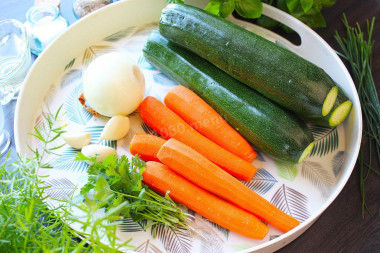
In zucchini, cut off the attachment points of the peduncle. Peel the carrots, onions and garlic. Rinse the vegetables under running water and dry them with paper napkins.
Step 3:
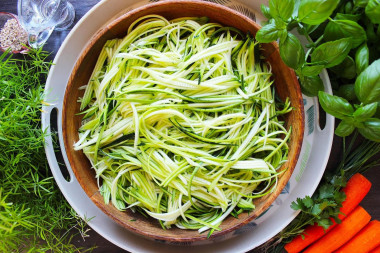
Grate the zucchini on a grater for Korean carrots. If you do not have such a grater, then cut the vegetable into thin strips with a sharp knife. Send the zucchini into a deep, comfortable bowl.
Step 4:
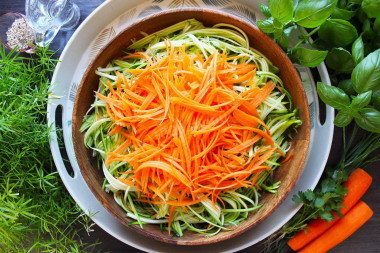
Grate carrots similarly on a grater and add to zucchini.
Step 5:
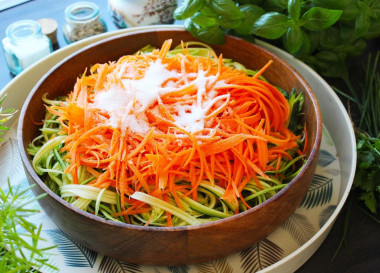
Sprinkle sugar and salt on top. I used one tablespoon of sugar with a small slide and half a tablespoon of salt.
Step 6:

Mix everything very well, cover with a flat plate and leave this way for 25-30 minutes. During this time, vegetable juice is formed in the bowl, and carrots and zucchini are marinated.
Step 7:
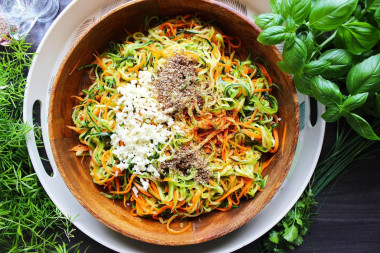
After the specified time, drain the juice from the bowl, and squeeze the vegetables. Add garlic, pre-chopped as finely as possible, ground coriander and hot pepper to the zucchini with carrots (determine the amount yourself to your taste). By the way, if you have a ready-made seasoning for Korean salads, then you can use it instead of coriander.
Step 8:
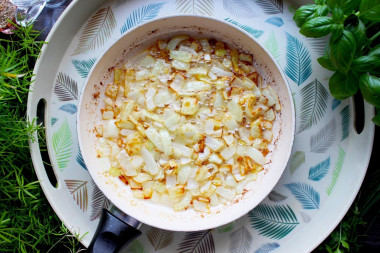
Heat the odorless vegetable oil in a frying pan. Onions, cut into large cubes, are sent to fry. Cook, stirring constantly, over high heat until a dark golden color appears.
Step 9:
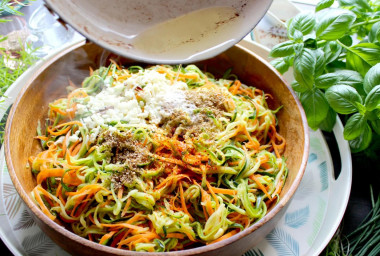
Remove the onion from the pan with a large spoon. Pour hot fragrant oil over the garlic and seasonings. Pour in soy sauce, if you use it, and vinegar.
Step 10:
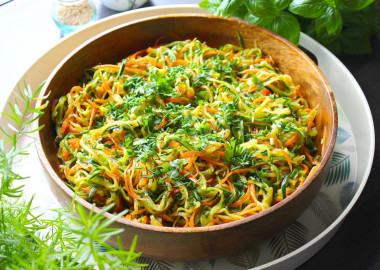
Mix everything so that all the components are connected to each other. Try the salad to taste. Add salt, hot pepper, sugar or vinegar if necessary. Chop the greens finely and send them to the salad. Which greens are better suited? Coriander, parsley or green onions perfectly complement zucchini in Korean. I used several sprigs of young cilantro and 7-10 feathers of chives.
Step 11:
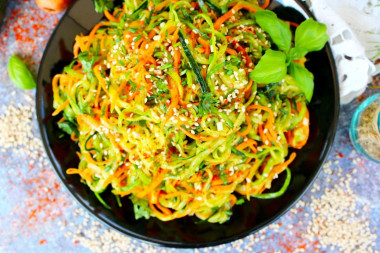
Mix everything again, cover the salad with a lid or cling film and send it to the refrigerator. The longer the zucchini in Korean will be infused in the cool, the tastier and richer they will become. Before serving, sprinkle the salad with sesame seeds.
Bon appetit!
So that the mucous membrane of the eyes is not irritated when slicing onions, rinse the onion and knife with cold water. The cutting board will not absorb the unpleasant onion smell if you rub it with a piece of lemon before slicing.
Which zucchini will work best? Choose young fruits with tender skins. Wash them and peel them. It is not necessary to cut off a very thin skin. If you use more mature zucchini, cut off the rough peel and cut out the middle with the seeds.
When adding soy sauce to a dish, it is worth considering that it has a rather salty taste. Reduce the total amount of salt, otherwise you risk over-salting.
Caloric content of the products possible in the composition of the dish
- Onion - 41 kcal/100g
- Carrots - 33 kcal/100g
- Dried carrots - 275 kcal/100g
- Boiled carrots - 25 kcal/100g
- Garlic - 143 kcal/100g
- Soy sauce - 51 kcal/100g
- Granulated sugar - 398 kcal/100g
- Sugar - 398 kcal/100g
- Wine vinegar (3%) - 9 kcal/100g
- Vinegar 9% - 11 kcal/100g
- Balsamic vinegar - 88 kcal/100g
- Apple vinegar - 14 kcal/100g
- Vinegar - 11 kcal/100g
- Vegetable oil - 873 kcal/100g
- Dried whole sesame seeds - 563 kcal/100g
- Shelled sesame seed - 582 kcal/100g
- Salt - 0 kcal/100g
- Ground hot pepper - 21 kcal/100g
- Fresh frozen soup greens in a package - 41 kcal/100g
- Greenery - 41 kcal/100g
- Ground coriander - 25 kcal/100g
- Young zucchini - 24 kcal/100g

